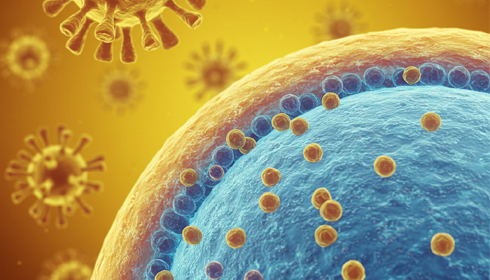
Threefold Surge in Yellow Fever Cases in the Americas Sparks Global Health Alarm
Public health officials are concerned about a dramatic increase in yellow fever infections across five nations in the Americas. From late December 2024 until the end of April 2025, the World Health Organisation (WHO) documented 212 human cases of yellow fever with 85 deaths—a 40% case fatality rate. This number represents a threefold increase from the 61 instances reported in 2024.
Yellow fever is a viral disease transmitted by mosquitoes that causes fever, jaundice, haemorrhage, and organ failure. Infected mosquitoes, particularly Aedes aegypti and Haemagogus, spread the virus by biting throughout the daytime. While many infected persons may not exhibit symptoms, approximately 15% develop a severe stage, and half may die within 7–10 days.
According to the WHO, Brazil had the most instances in 2025—110 in total, with 44 deaths. Colombia followed with 60 cases and 24 deaths, while Peru had 35 cases and 12 deaths. Ecuador, alarmingly, recorded four incidents, all deadly. Bolivia confirmed three instances, with one death.
Even more concerning is that the majority of the 2025 cases were recorded outside of the Amazon Basin, a region often associated with yellow fever. New outbreaks have emerged in São Paulo, Brazil, and Tolima, Colombia, both with significant unvaccinated populations. This shift indicates that the virus is spreading to previously unaffected locations.
"The high fatality rate, increasing cases outside the Amazon, and uneven vaccination coverage make this a serious regional threat," according to the World Health Organisation's evaluation.
In Brazil, over 90% of patients were men aged 10 to 75. Surprisingly, only one case had a recorded history of yellow fever immunisations. In Colombia, only two patients had received vaccinations. Most affected people were exposed to mosquito-infested forested areas, either through farming, mining, logging, or travel.
Approximately 99% of patients gain permanent protection within 30 days of receiving a single dose of the yellow fever vaccine. However, immunisation coverage in many affected areas remains poor. According to WHO, before the COVID-19 pandemic, yellow fever vaccine coverage in the Americas averaged 61%. It has since fallen further. By 2023, only Ecuador and Guyana had coverage above 95%, while Bolivia, Brazil, and Peru had levels below 80%, raising the probability of outbreaks.
Public health experts are concerned that a restricted worldwide supply of yellow fever vaccines would impede outbreak control. The present vaccine supply in early 2025 is insufficient to cover ordinary demand, let alone emergency need.
In response, countries have begun coordinated campaigns to stop the spread. Bolivia and Peru have sent health teams to track down and vaccinate those near known cases. Brazil convened emergency meetings with health officials and researchers to analyse risks and strengthen local surveillance. Ecuador began checking immunisation certificates for arriving passengers from neighbouring high-risk countries. Colombia declared a national health emergency and designated areas based on outbreak risk to help guide vaccination.
Meanwhile, WHO has launched the "Eliminate Yellow Fever Epidemics" initiative, which provides nations with training, vaccination stockpile management, and community participation. Real-time mapping of high-risk areas, lab support, and risk communication initiatives are all being implemented to educate people about symptoms and prevention.
The primary concern, however, remains twofold: inadequate vaccine coverage and increased human-forest interaction. Almost all recorded occurrences included people entering or working in natural regions without adequate protection. Experts warn that this continual exposure may contribute to the urban spread of yellow fever, particularly since Aedes aegypti—a mosquito acclimated to cities—can magnify outbreaks in crowded populations.
"The virus does not require a passport; it travels with humans and mosquitoes." Without widespread vaccination and mosquito control, we risk larger outbreaks," warned a WHO spokesperson.
Healthcare personnel should also brush up on yellow fever, which is similar to other tropical infections such as dengue or hantavirus. Early detection and referral are critical for saving lives, particularly in resource-constrained environments.
Yellow fever is completely preventable, which makes this outbreak unfortunate. The present epidemic has highlighted weaknesses in vaccine access, urban preparedness, and coordinated vector control. According to the WHO, unless mass vaccination and surveillance are increased, yellow fever might resurface as a major public health threat in the Americas.